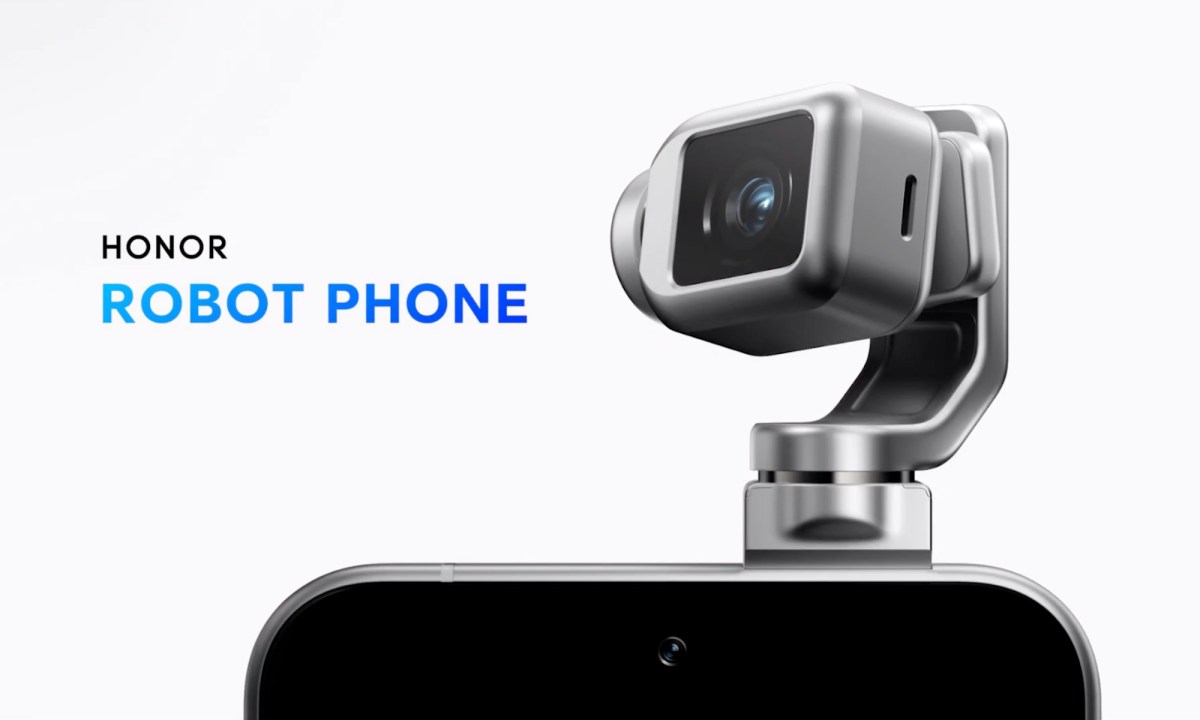Honor Robot Phone Ushers in AI-Powered Mobile Technology Revolution for Smarter Imaging

Honor’s Robot Phone: The Next Leap in AI-Powered Mobile Devices
A New Paradigm for Mobile Technology
Honor has created a significant buzz in the technology sector by introducing a device that reimagines the boundaries of intelligent devices. At the heart of this announcement is a smartphone concept equipped with a camera that emerges from the casing and balances itself on a miniature gimbal. This unique build empowers the device with capabilities akin to an autonomous observer, using advanced algorithms to monitor the environment, register surrounding activity, and autonomously capture moments as they unfold.
Unlike traditional imaging systems that require user intervention, this mechanism enables continuous situational awareness, achieved through integration with a neural network module. The underlying vision, according to Honor, is not just technical innovation, but a fundamental evolution in the way people interact with personal devices. The autonomous camera, stabilized for precise footage, signals a shift toward devices capable of independent decision-making and seamless integration into everyday life.
Currently, the development remains at the stage of an idea, with full details reserved for a planned unveiling at a major industry event in 2026. While retail availability appears improbable in the short term, the demonstration video highlights the company’s aspiration toward robotics and adaptive AI, showcasing a model of what mobile technology could aspire to become in the coming decade.
Rethinking the Smartphone: Form Meets Artificial Intelligence
Central to Honor’s latest showcase is the ambition to empower mobile hardware with a form of artificial awareness — blending robotics, real-time data processing, and stabilized optics into a single device. By mounting the lens on a precise gimbal mechanism, the system can physically reorient itself, offering views and capturing movements that would usually demand either manual control or accessory hardware. This paves the way for content creation and event documentation that is truly spontaneous and contextually relevant.
The design leverages next-generation sensors, advanced chipsets, and a proprietary AI stack capable of scene analysis, object tracking, and contextual response. These technologies enable the device not only to record but also to filter, prioritize, and react to information, opening the door to a new class of applications — from dynamic vlogs to automated personal security. All of this is contained within a form factor familiar to smartphone users, yet fundamentally more dynamic in operation.
Honor’s direction bets on the convergence of automation and personal technology. This initiative could transform how smartphones assist in daily routines, offering users intelligent companionship, proactive multimedia management, and real-time feedback that draws on live environmental data without persistent manual input.
Shaping the Future of Human–Device Interaction
Behind the technical marvel lies a broader vision. Honor’s approach is to redefine the nature of communication with electronic devices, moving past passive tool use and rapidly outdated paradigms. By building a bridge between robotics, digital intelligence, and real-world function, the company illustrates how future hardware may engage with surroundings independently.
While industry speculation focuses on the gap between concept and consumer availability, Honor’s announcements routinely shape discussions around smart devices, artificial neural networks, and next-wave innovation in digital ecosystems. Such prototypes offer industry stakeholders a look at what modular hardware, refined sensory systems, and deep learning algorithms could achieve together.
As the technological landscape evolves, anticipation builds for the official prototype presentation set for an upcoming global showcase. Whether or not this device transitions from concept to mass production, it underscores a new phase in the race to deliver more autonomous, contextually aware, and visually capable mobile platforms to consumers worldwide.
Key Takeaways for the Mobile Industry
The debut of Honor’s innovative device has highlighted the increasing convergence of artificial intelligence, robotics, and mobile imaging. The stabilized lens and environmental sensing redefine what is possible in self-contained devices, raising the bar for camera phones and smart assistants. As companies explore ever more sophisticated machine vision and real-time contextual response, the path set by Honor’s concept may act as a catalyst for broader industry movement.
In summary, Honor has sparked interest within the competitive landscape of intelligent electronics, setting its sights on next-generation user experiences fueled by autonomous decision-making and advanced robotics. As this vision matures, both users and industry observers will be watching closely for further developments and the eventual realization of such ambitious design goals.
